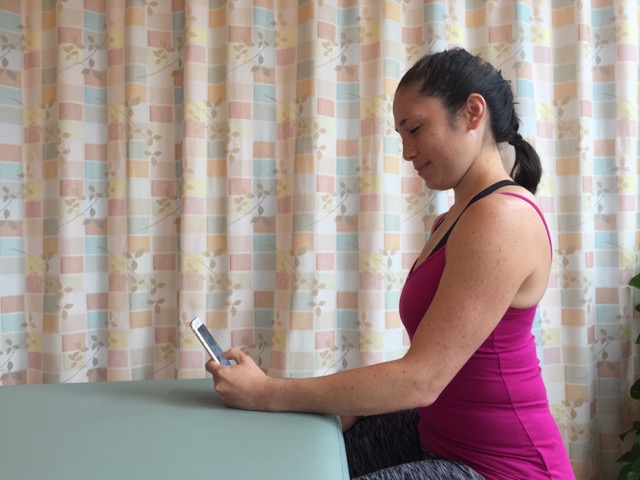De Quervain’s Syndrome – Introduction:
De Quervain’s syndrome, also known as De Quervain’s tenosynovitis, De Quervain’s stenosing tenosynovitis, or De Quervain’s disease, is a tenosynovitis (inflammation of the synovial tendon sheath that surrounds a muscle’s tendon) of the wrist. It involves inflammation and the formation of fibrotic adhesions that cause stenosis (closing down of a tissue space) within the common synovial sheath that surrounds the distal tendons of the abductor pollicis longus (APL) and extensor pollicis brevis (EPB) on the radial side of the wrist. Therefore these tendons cannot slide freely within the sheath, resulting in limitation of movement and pain.
The APL and EPB often appear as one tendon when first viewed. However, in some people, two separate tendons can be visualized. If not, a fingernail can be gently placed between the two tendons, allowing for each tendon to be independently felt.
De Quervain’s syndrome is also known as texting thumb, BlackBerry thumb, and gamer’s thumb.
Causes:
Stenosing tenosynovitis of the tendon sheath of the APL and EPB is common enough to merit its own name because of its proximity to the styloid process of the radius. When these muscles contract to move the thumb, their tendon sheath rubs against the styloid process of the radius and becomes irritated and inflamed. The inflammatory process draws in fibroblasts that lay down collagen fibrin thread adhesions within the sheath. These adhesions impair movement of the tendon within the sheath and therefore impair movement of the thumb, and cause pain when movement is attempted.
Therefore, De Quervain’s syndrome is caused by overuse of the thumb, specifically the APL and EPB. This overuse can be concentric contraction to abduct and/or extend the thumb. Or it can be eccentric contraction to slow down adduction and/or flexion of the thumb, or isometric contraction to stabilize the thumb. Continued stretching of these muscles by adduction and flexion will also stretch and tauten the tendon sheath as it rubs against the radial styloid. Therefore, most every thumb motion will involve the APL and EPB in some way. Because these muscles also cross the radial side of the wrist joint, they also contract with radial deviation of the hand at the wrist joint and would be stretched with ulnar deviation. Perhaps the worst offending postures and movement patterns involve thumb movement with repetitive radial and ulnar deviation of the hand at the wrist joint. Use of the thumb tautens the tendons (whether it is due to contraction by the muscle belly or stretching); ulnar deviation then tautens the tendon further as it rubs against the styloid process of the radius. Examples include using a hammer or sanding block when doing carpentry, playing sports such as basketball, volleyball, or baseball, playing a musical instrument, polishing furniture, or even washing dishes.
Once De Quervain’s syndrome is present, another cause that perpetuates the condition is sleeping with the hand/thumb in a position that stretches and aggravates the tendons/sheath. For this reason, wearing a brace at night that maintains the hand in neutral posture is often recommended. And, in addition to repeated postural/activity overuse of the APL and EPB, a direct physical macrotrauma to the tendons/sheath is another factor that can cause/perpetuate the condition.



